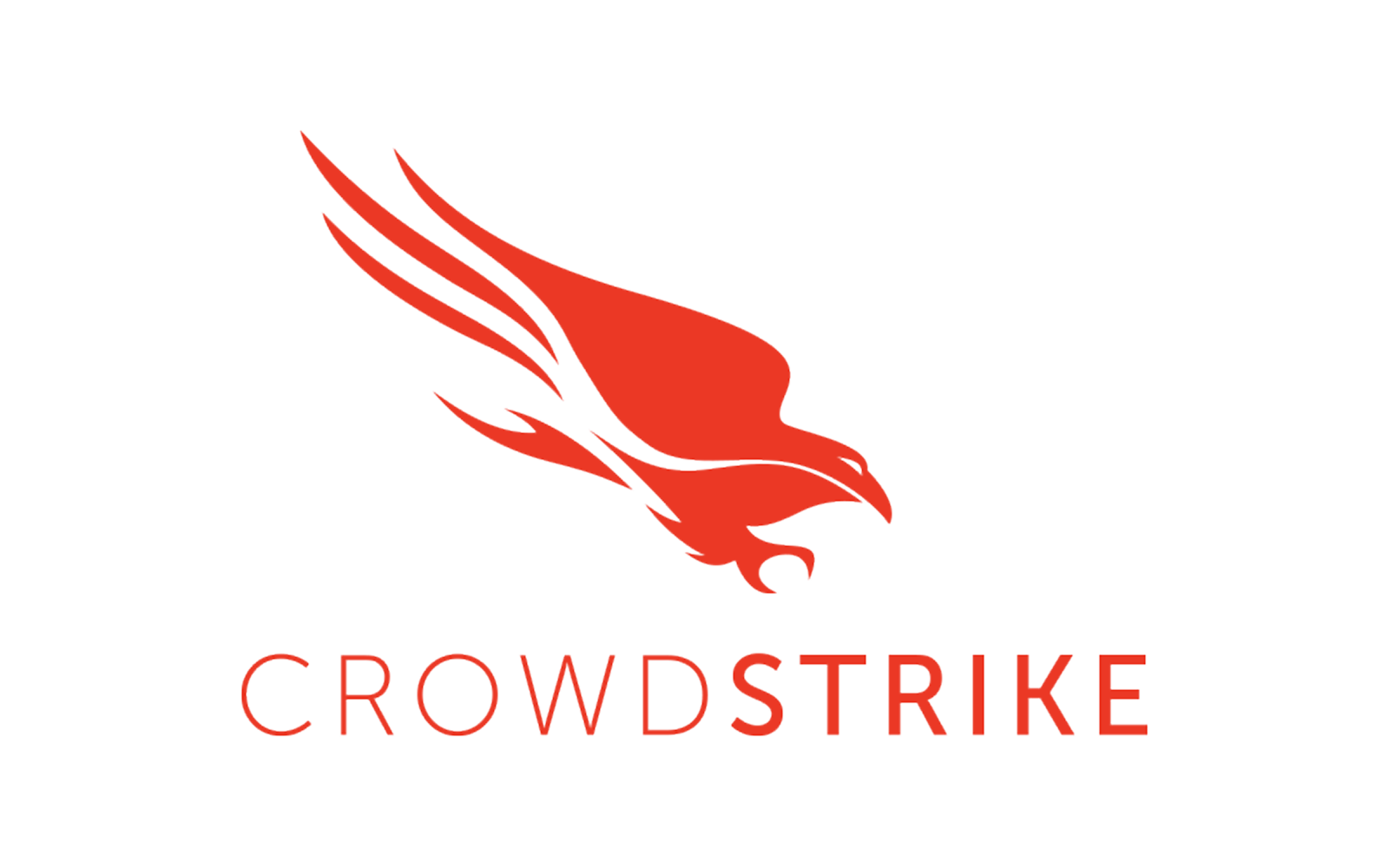
Situation
A leading Independent Software Vendor (ISV) in the logistics and supply chain management industry delivers mission-critical enterprise software to over 300 transportation and logistics companies. This software plays a crucial role in coordinating freight movement, optimizing delivery routes, and managing transportation logistics, making it a key pillar in the Economy.
Historically, customers deploy the software in one of two ways:
- On-Premises: Customers purchase and maintain their own infrastructure, requiring dedicated IT staff to manage servers, backups, and security.
- Hosted by the ISV: The ISV provides a managed version of the software, running on its aging IBM Power 8 (P8) infrastructure in a centralized data center.
However, the ISV faces a major business challenge:
- Forced Data Center Exit: Their existing data center was sold, requiring them to migrate all workloads by March 2025.
- Infrastructure Scalability Issues: The aging P8 system were running out of capacity, limiting their ability to onboard new customers.
- Industry-Wide Shift to SaaS: Logistics and supply chain companies no longer want to manage complex IT infrastructure—they expect a cloud-based, subscription-driven model where they can simply access the software as a service.
- Competitive Pressure:
- The ISV has a corporate agreement with a Tier 1 cloud hyperscaler for non-IBM i workloads but recognized that IBM i requires specialized infrastructure.
- Their longtime IT service provider proposed a colocation solution, emphasizing cost stability and familiarity with their environment.
With limited time and increasing competitive pressure, the ISV needed a cloud strategy that not only solves their immediate data center challenge but also reshapes their business model for long-term growth.
Action
Instead of colocation or a generic cloud provider, the ISV selected IBM Power Virtual Server in IBM Cloud, recognizing that only IBM Cloud provides the full-stack capabilities required for their software.
- Strategic Cloud Migration Execution
- IBM Power Virtual Server was deployed in Dallas for production, with geo-redundant disaster recovery (DR) in Washington using Global Replication Services (GRS).
- The ISV eliminated reliance on aging hardware, gained on-demand scalability, and modernized its infrastructure.
- Transition from On-Premises to a Fully Managed Cloud Model
- The ISV’s customers no longer need IBM i expertise or IT teams to maintain infrastructure.
- The ISV transforms into a true Software-as-a-Service (SaaS) provider, offering subscription-based access rather than requiring customers to host and maintain infrastructure.
- Winning Against Colocation & Other Cloud Providers
- Despite their longstanding relationship with a service provider proposing colocation, the ISV recognized that colocation only solves infrastructure concerns—it does not enable scalability, automation, AI integration, or long-term innovation.
- IBM Cloud provides far more value:
- Elastic scalability: No need for hardware refresh cycles—resources scale instantly.
- AI & Analytics Readiness: IBM Cloud allows for future AI-driven logistics optimizations.
- Enterprise-Grade Compliance & Security: IBM Cloud’s Category 4 data centers ensure stronger regulatory compliance for both the ISV and its customers.
- Delivering Value to Downstream Clients
- Customers—logistics and supply chain companies—previously had to manage on-premise servers, IT staffing, backups, and security.
- With IBM Cloud, they offload all IT infrastructure burdens, reducing costs and allowing them to focus on their core logistics operations.
- The cloud-based model significantly improves uptime, reliability, and data security, enhancing the efficiency of supply chains across North America.
- Unified IBM Approach Ensures Success
- GlassHouse Systems and IBM’s Power Systems, Power Virtual Server, and Cloud teams aligned on a unified message: this is not just an infrastructure migration—it is a business transformation.
- In November 2024, the ISV presented its IBM Cloud transformation to 15 CIOs of major logistics firms, highlighting scalability, AI potential, and security enhancements.
Business Outcome
The ISV’s move to IBM Power Virtual Server is not just an IT decision—it reshapes their business for the future.
- New Recurring Revenue Model
→ Instead of selling software that requires customers to manage their own infrastructure, the ISV now offers a fully managed, cloud-based software solution, unlocking new recurring revenue streams.
- Lower IT Costs & Operational Efficiency
→ Eliminates CapEx (capital expenditure) on hardware, reduces staffing for IT management, and moves to a predictable OpEx (operational expenditure) model.
→ Provides financial flexibility, allowing them to focus on innovation rather than infrastructure.
- Higher Customer Retention & Satisfaction
→ Customers no longer need IBM i expertise or IT infrastructure.
→ The cloud-based delivery model increases uptime, reliability, and overall software performance.
- Scalability & Business Agility
→ The ISV instantly onboards new customers instead of waiting weeks for hardware procurement and deployment.
→ Future AI-driven enhancements in IBM Cloud allow logistics customers to optimize supply chain decisions using advanced analytics.
- Competitive Edge in Logistics Software Market
→ With real-time AI-driven logistics capabilities, the ISV’s software becomes even more valuable against competing solutions.
- GlassHouse Systems and IBM Cloud Positioned as Strategic Partners
→ GHS & IBM are not just an infrastructure provider—they are long-term partners in business innovation, helping the ISV evolve beyond infrastructure into an AI and data-driven solutions provider.
Conclusion
By choosing IBM Power Virtual Server over colocation and Tier 1 hyperscalers, the ISV eliminated IT management burdens, created a scalable SaaS model, and enhanced its customers’ logistics operations across North America. This transformation ensured sustained growth, innovation, and long-term competitive advantage in a rapidly evolving industry.
Related articles that might interest you:








.png)


-1.png)

-1.png)


.png)